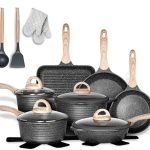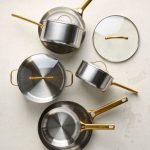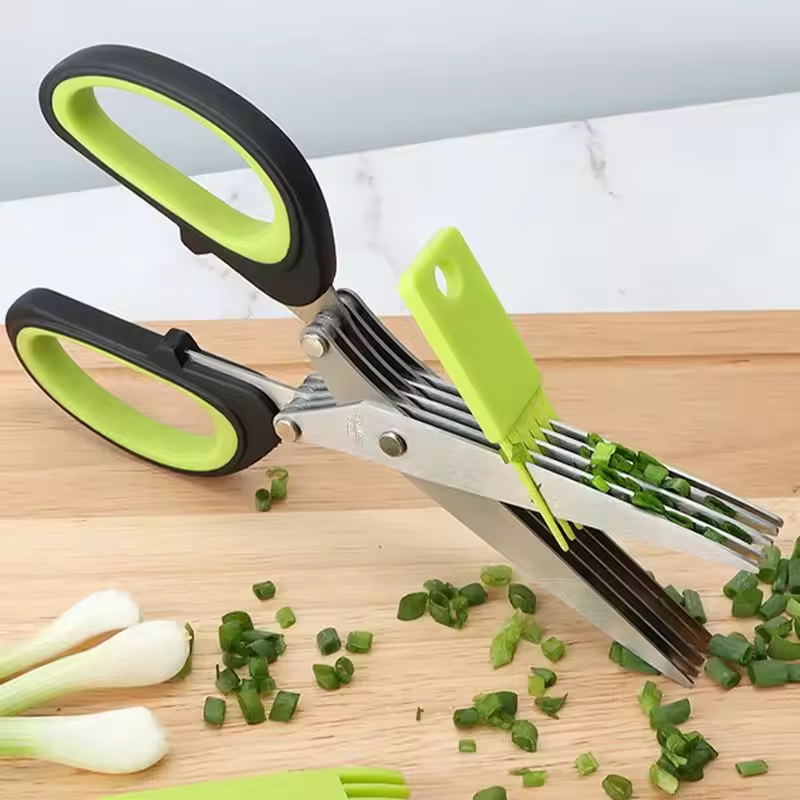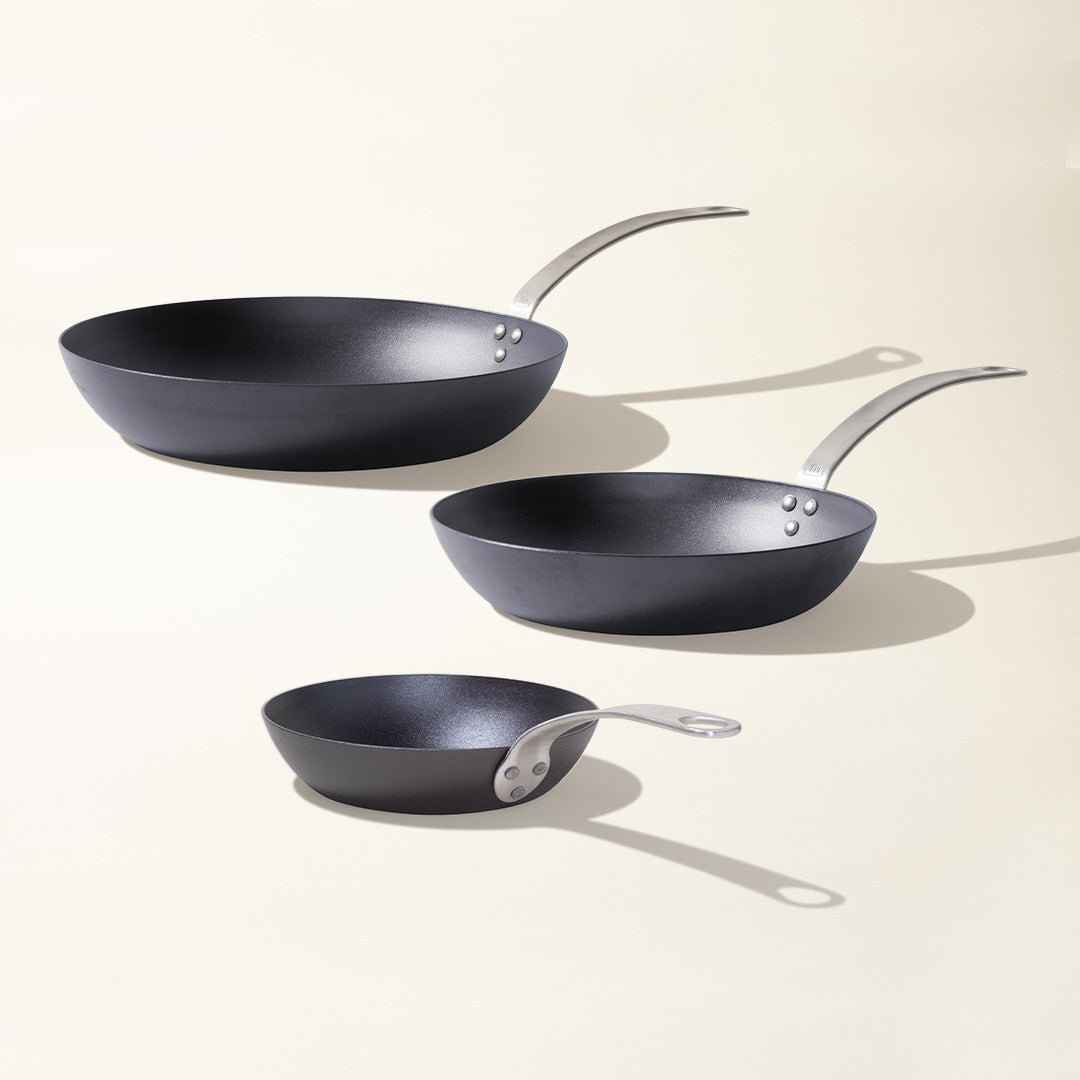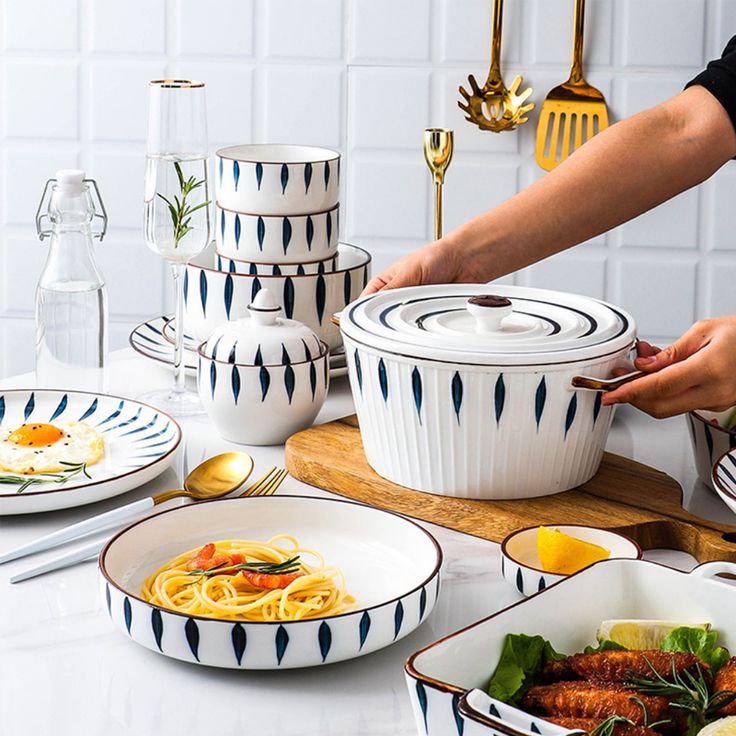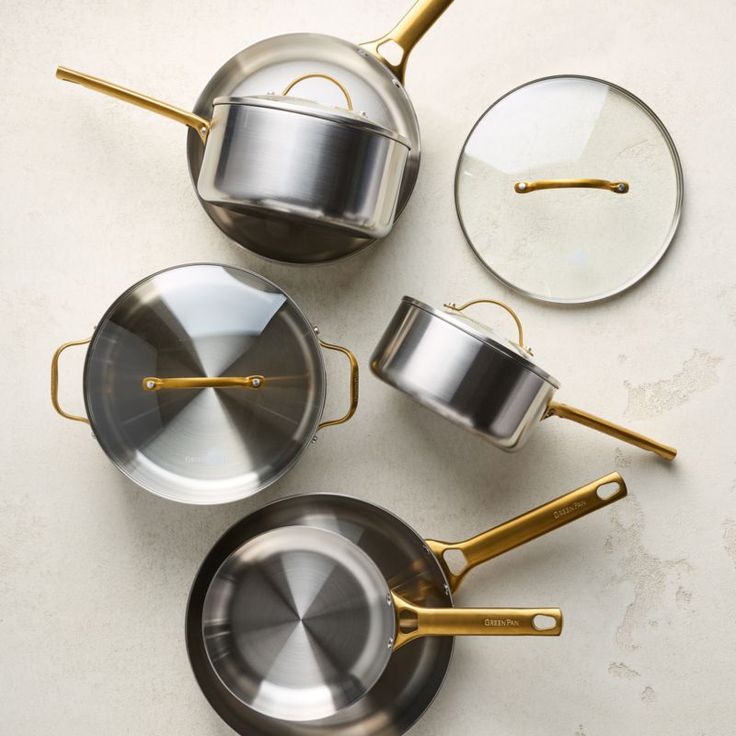Introduction: The Allure of Carbon Steel
In the realm of culinary arts, the choice of cookware is as crucial as the ingredients themselves. Among the array of pans and pots, carbon steel cookware stands out as a favorite among professional chefs and home cooks alike. Its allure stems from a combination of durability, heat conductivity, and the ability to develop a natural non-stick surface over time. However, with the rise in awareness about health and safety in cooking, questions have emerged regarding the safety of using carbon steel pans. This article delves into understanding the materials, potential health implications, and best practices for using carbon steel cookware to ensure a safe and healthy cooking experience.
Understanding Carbon Steel: A Blend of Strength and Versatility
Carbon steel is a fusion of iron and carbon, typically containing around 1% to 2% carbon and less than 1% of other elements. Unlike stainless steel, which includes chromium to resist corrosion, carbon steel lacks this protective element, making it susceptible to rust if not cared for properly. Its high carbon content, however, provides strength and hardness, allowing for thinner construction that heats up quickly and evenly—qualities highly prized in professional kitchens.
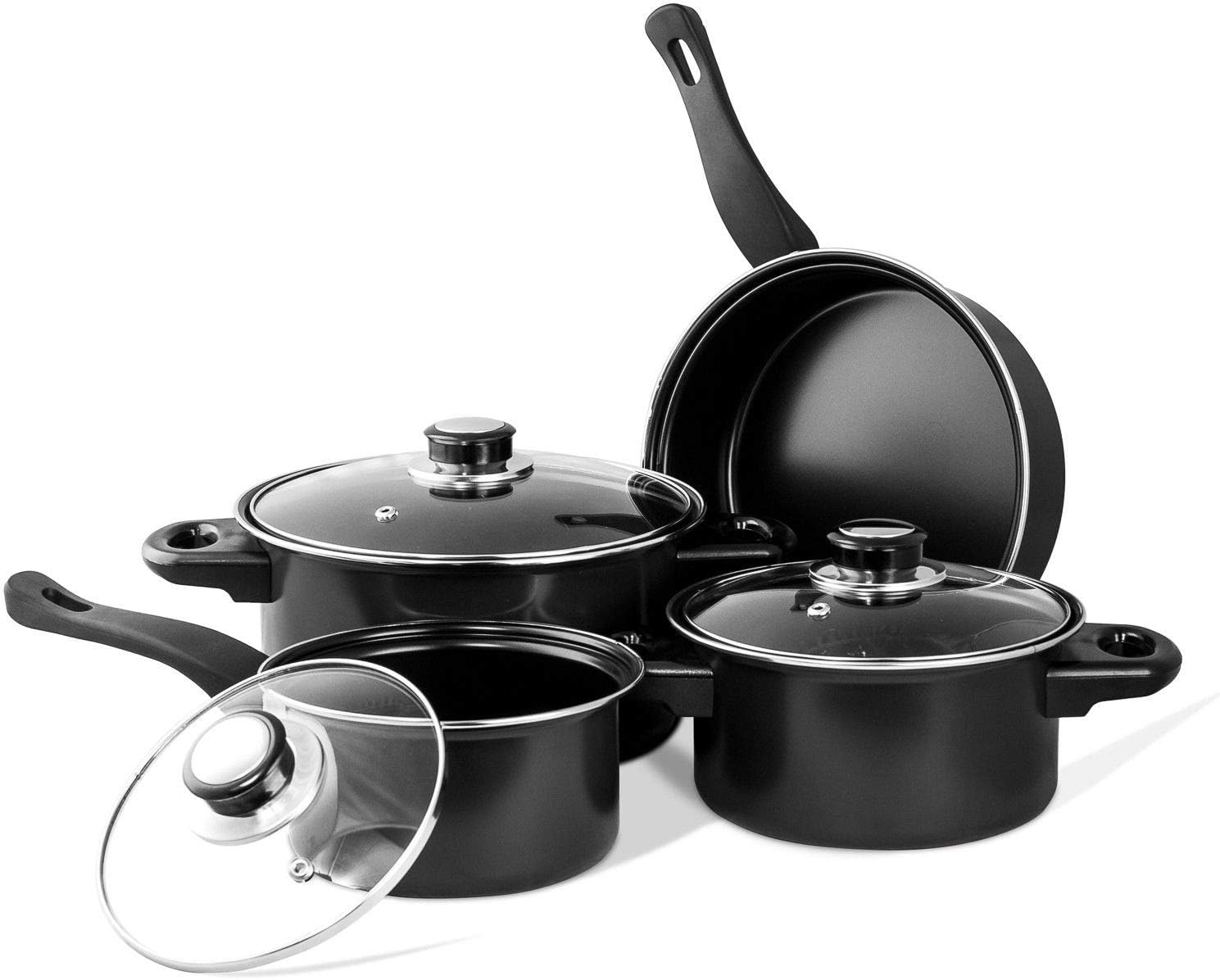
Safety Concerns: Misconceptions and Realities
One of the primary concerns surrounding carbon steel cookware revolves around potential health risks associated with iron leaching. It’s true that foods cooked in uncoated carbon steel pans may absorb small amounts of iron, a phenomenon that can be beneficial for those with iron deficiencies. However, for individuals with hemochromatosis (a condition causing excessive iron accumulation), this might raise concerns. It’s crucial to note that moderate iron intake from cookware is generally considered safe and can even be advantageous for most people. Consulting a healthcare professional can help determine individual dietary needs.
Non-Stick Alternatives and Safety Considerations
Some consumers may be tempted to compare carbon steel to traditional non-stick pans coated with PTFE (Teflon). While PTFE offers excellent non-stick properties, concerns have been raised about the release of toxic fumes when overheated. Carbon steel, on the other hand, develops a natural non-stick patina over time through seasoning, a process that involves heating the pan with oil to create a polymerized layer. This method avoids the use of synthetic coatings, making it a safer and more natural alternative for those wary of chemical exposure.
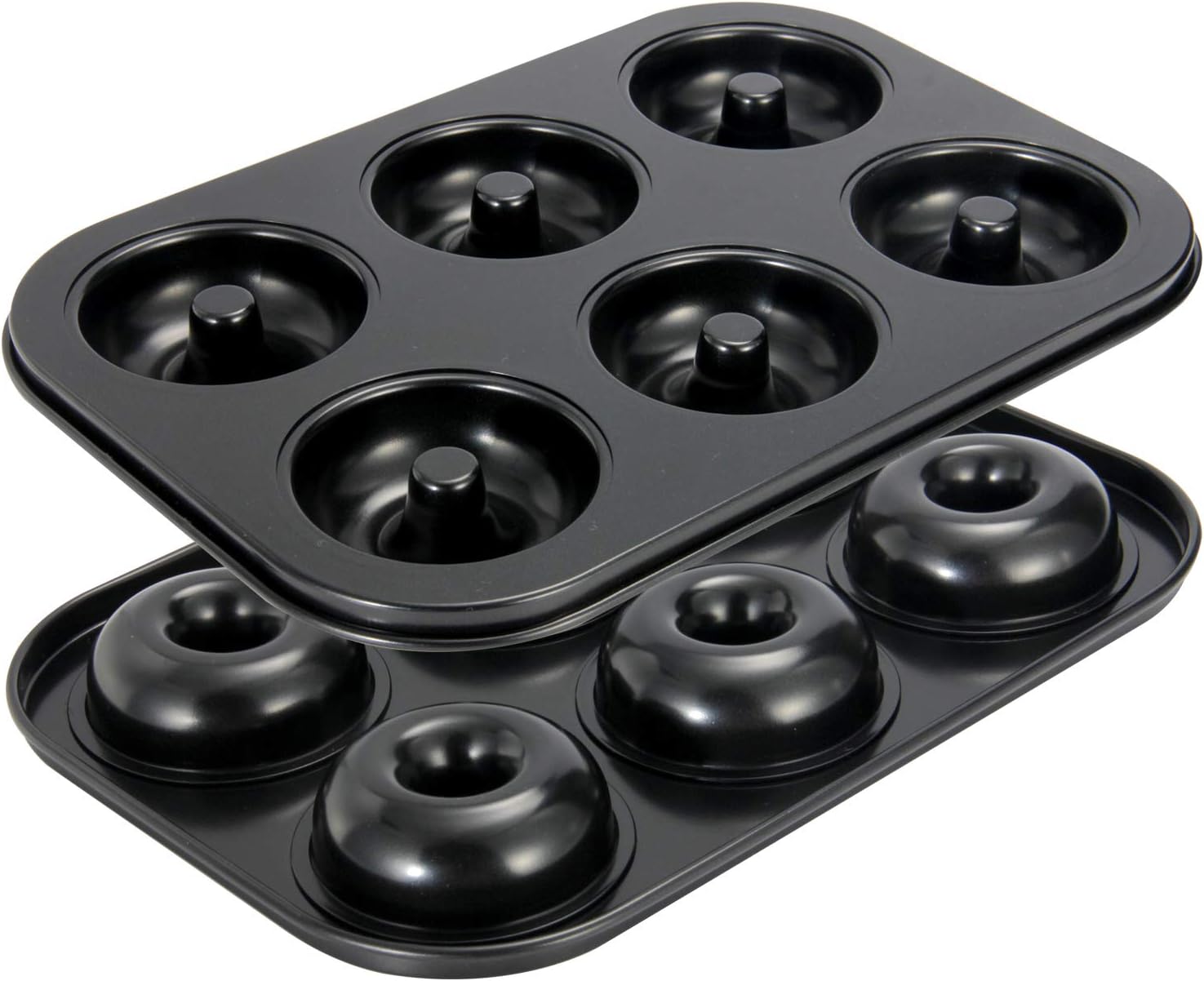
Seasoning and Maintenance: Key to Safe Usage
Proper seasoning and maintenance are vital for both the performance and safety of carbon steel cookware. A well-seasoned pan creates a barrier between food and the metal surface, reducing the likelihood of rust formation and minimizing the transfer of metallic flavors or particles to food. Regular seasoning involves heating the pan with a thin layer of oil until it smokes, then wiping off the excess. Over time, this results in a hard, slick surface that improves with each use. Cleaning after each use with mild soap, warm water, and thorough drying prevents rust and prolongs the pan’s lifespan.
Cooking Techniques and Safety Precautions
Using carbon steel cookware safely also entails adopting appropriate cooking techniques. Avoiding acidic ingredients like tomatoes or lemon juice for prolonged periods can prevent any minor iron leaching and potential flavor alteration. It’s also essential to monitor heat levels to prevent overheating, which could damage the seasoning or, in extreme cases, warp the pan. Using appropriate utensils, such as wooden or silicone tools, prevents scratches that could compromise the non-stick surface or introduce additional metal particles into food.
Environmental Impact and Sustainability
Considering the broader picture of kitchen safety also encompasses environmental factors. Carbon steel cookware is highly durable and can last a lifetime with proper care, making it an environmentally friendly choice compared to disposable or frequently replaced items. Unlike some non-stick pans that eventually need to be discarded due to worn coatings, carbon steel pans can be continually restored through reseasoning, reducing waste and promoting sustainability.
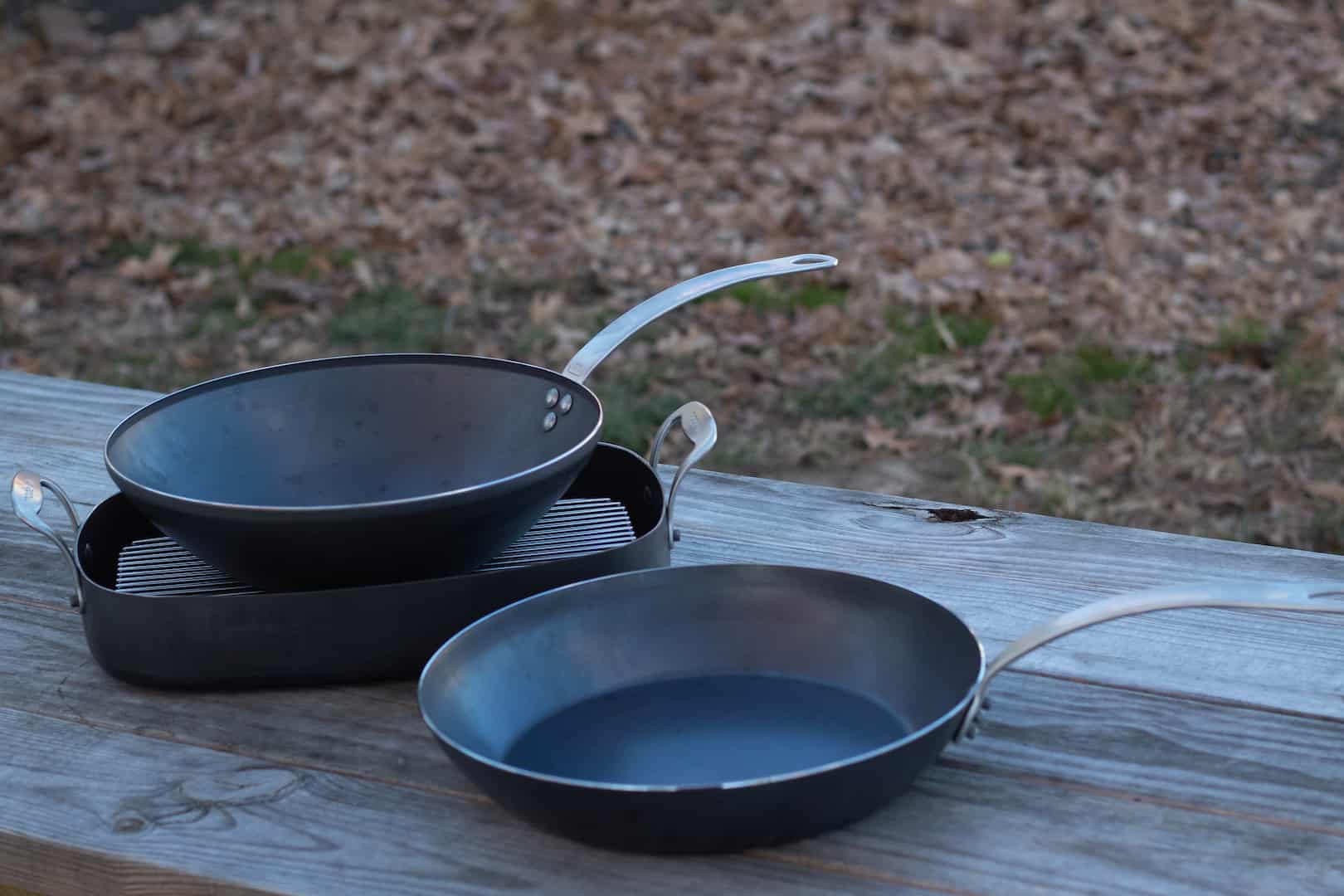
Addressing Allergies and Sensitivities
For individuals with known iron sensitivities or allergies, it’s crucial to be mindful of cookware choices. While reactions to iron from cookware are rare, those with such conditions should consult with a healthcare provider before regularly using carbon steel pans. Alternative materials, such as stainless steel or ceramic, can offer safer cooking options while still providing satisfactory performance.
Cultural and Culinary Significance
Carbon steel cookware has long been cherished in professional and home kitchens worldwide, especially in culinary traditions where high heat and quick cooking methods are paramount. In Asian cuisine, for instance, the wok – often made of carbon steel – is a staple for stir-frying, searing, and smoking foods due to its heat conductivity and ability to form a natural non-stick surface. This not only speaks to the practicality of carbon steel in professional settings but also highlights its cultural significance and adaptability across various cooking styles.
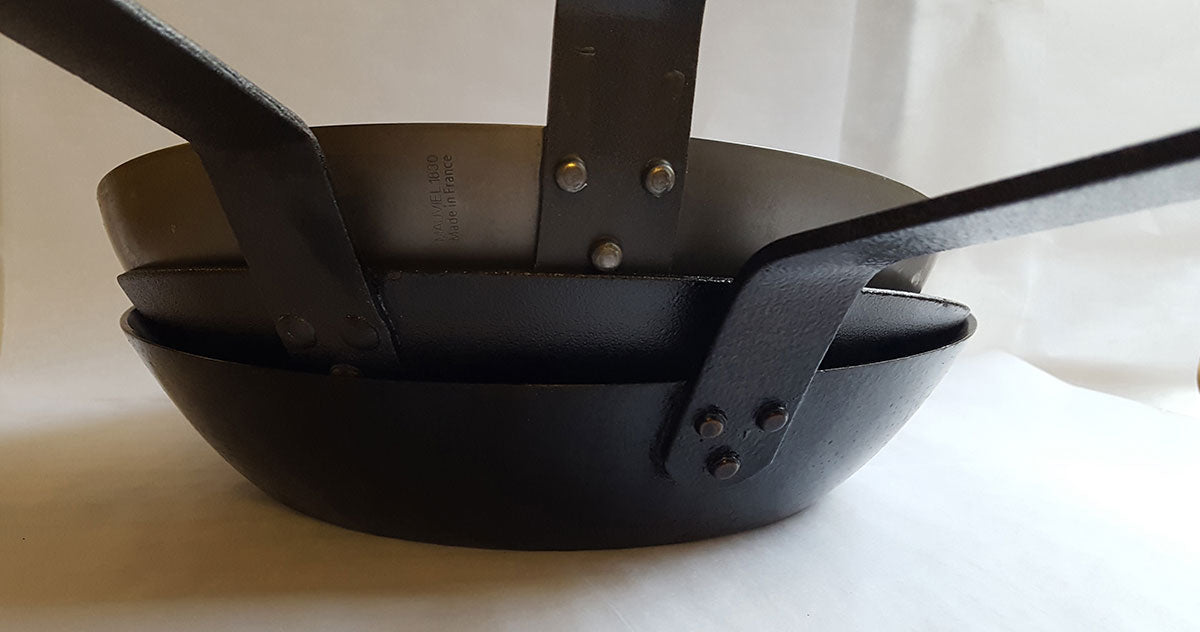
Economic Advantage
From an economic standpoint, carbon steel cookware often presents a more budget-friendly option compared to high-end alternatives like copper or certain brands of non-stick pans. Its affordability coupled with exceptional durability makes it a cost-effective investment for home cooks and chefs alike, without compromising on performance or safety. The long-term value of carbon steel pans becomes evident as they age, developing a richer patina and improving their non-stick properties over time.

Versatility and Cooking Performance
Carbon steel cookware’s ability to handle high heat and rapid temperature changes makes it exceptionally versatile in the kitchen. It can be used on all heat sources, including induction, and transitions seamlessly from stovetop to oven, allowing for a wide range of cooking techniques. This versatility is particularly appealing to those who enjoy diverse culinary practices, ensuring that whether you’re searing a steak, sautéing vegetables, or even baking a frittata, your carbon steel pan will perform admirably.
Conclusion: Embracing Carbon Steel with Confidence
In conclusion, carbon steel cookware, when used and maintained correctly, poses minimal safety concerns for the vast majority of users. Its benefits—superior heat conductivity, versatility, and the development of a natural non-stick surface—outweigh potential drawbacks when precautions are taken. By understanding the nature of carbon steel, adopting proper seasoning and maintenance practices, and being aware of individual health needs, home cooks and professionals alike can confidently harness the full potential of this culinary workhorse, ensuring a safe and delightful cooking experience for all.

